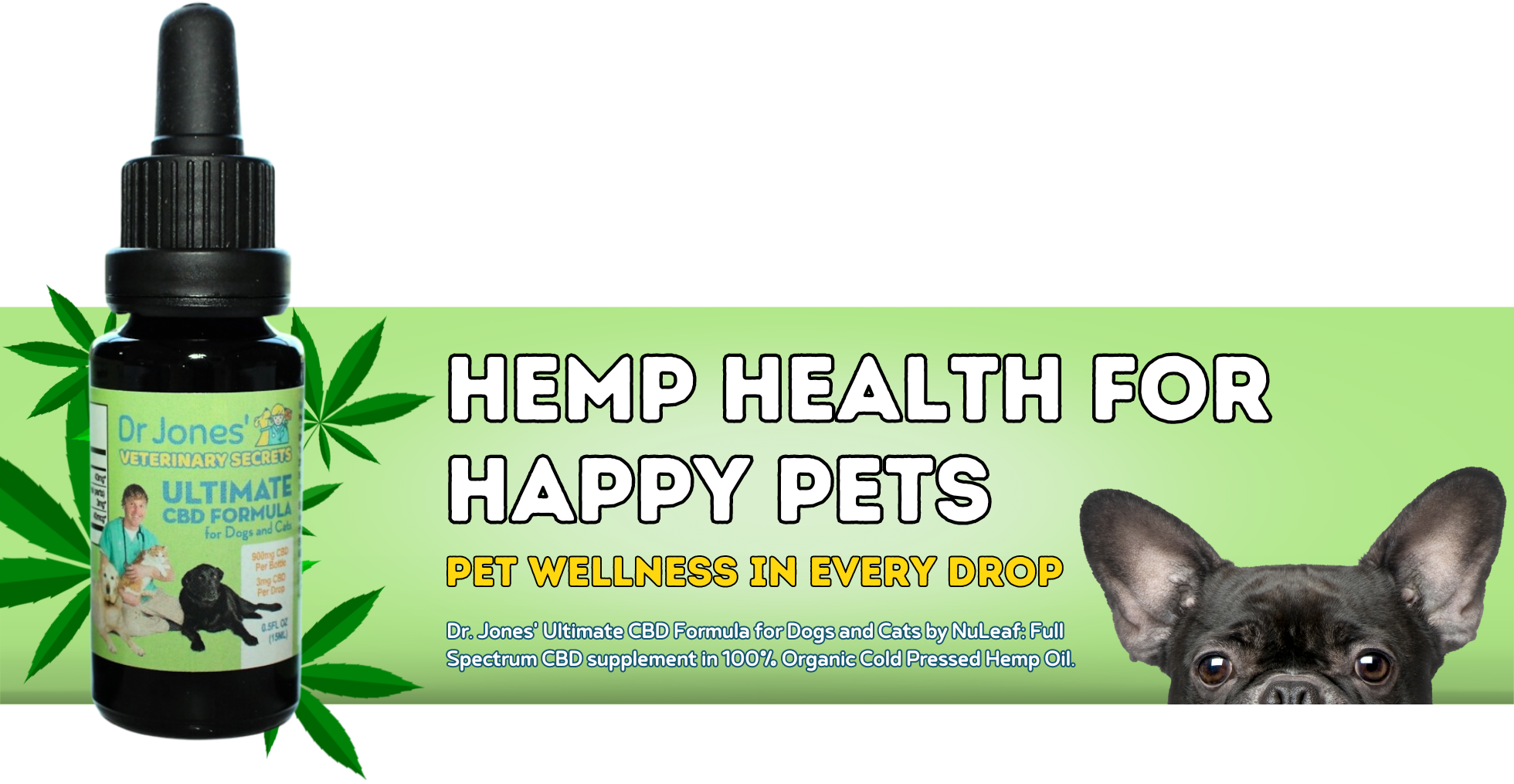Excessive Paw Licking? Why it happens and What you can do.
One of the most common reasons dogs lick their paws is due to allergies. This is particularly true for the front paws. You might notice that dogs, especially those with white fur, can have their paws stained dark due to excessive licking. The cause might be food allergies, flea allergies, or most commonly, environmental allergies known as atopy. To quickly address this excessive licking and itching, I suggest using licorice root, a natural corticosteroid. About half a milliliter of licorice root tincture per 20 pounds of body weight, administered twice daily for up to 14 days, can provide quick relief.
Photodermatitis: Inflammation Between the Pads
Another issue that might be causing your dog to lick their paws is photodermatitis, an inflammation or infection that occurs between the footpads. It often appears red, inflamed, and swollen. This can be caused by bacteria or yeast growing on the skin, or simply from irritation like walking on salted roads. For treatment, consider a natural soak made from nettle leaf or green tea, vanilla tea, coconut oil, apple cider vinegar, and lavender essential oil. This mixture has antibacterial, antifungal, and anti-inflammatory properties. Soak your dog’s paws two to three times a day for about five minutes over a week to ten days.

Interdigital Cysts: Bumps Between the Toes
Dogs can also develop interdigital cysts, which are small lumps or cysts that form between the toes, often due to bacterial infections. These cysts may require antibiotics, but for a natural approach, consider olive leaf extract, which is a powerful natural antibacterial. The dosage for a dog would typically be around one to two milligrams per pound per day. For a 20-pound dog like Tula, I might give a full 500-milligram capsule daily for 10 to 14 days. Additionally, soaking the affected area twice daily using an antiseptic solution or the previously mentioned herbal soak can also help.
Conclusion
If your dog is constantly licking their paws, understanding these common causes can help you identify and treat the problem effectively. I hope this information helps you better understand what your dog might be experiencing and how you can assist them. Thanks for watching! Don’t forget to subscribe for more helpful tips and to receive a free copy of my book.


Hi Dr. Jones,
Thank you for this video. My dog has interdigital cyst and I’m attempting to go the natural antibiotic route.
I’m not clear on the amount of Olive Leaf Extract to give my dog. You said 1-2mg per pound per day but then said you’d give Tula 1/2 a capsule a day (250 mg) and she’s 20 pounds. Wouldn’t the correct amount be 20-40 mg a day?
My dog is 36 pounds. I have a olive leaf extract 50% oleuropein. Each capsule is 750 mg, I’m thinking to give him half a capsule a day = 375 mg of olive leaf extract a day for 10 days.
Thanks in advance.
The dosage range is 1mg – 5mg/lb, twice daily, this is assuming no gut reactions. It’s best to start at the lower end and work up, assuming no vomiting/diarrhea.
Is the olive leaf topical or oral?
The powder extract is given orally.
Would you please answer the previous comments as they are both relevant to my 45lb dog. Thanks
We would suggest 50 – 100mg for your dog to start, daily, and try working up to as high as 250mg twice daily, monitoring always.
Hi Dr Jones
My dog suffers from excessive paw licking. The video for Licorice Root tincture states the Dosage: 1/2ml per 20lbs twice daily, for a maximum of 10-14 days. Is it applied to the food, water, or by mouth?
Thank you
Hello Dr. Jones, If my dog is about 130lbs how much Olive Leaf Extract should I start out with. He gets the cysts all the time in the same place. Thanks
The dosage range is 1mg – 5mg/lb, twice daily, this is assuming no gut reactions. It’s best to start at the lower end and work up, assuming no vomiting/diarrhea.
My dog is 120 pds what’s the recipe and measurements to make this treatment with the chlorhexidine, black tea. Nettle. Coconut , lavender oil, acvl?